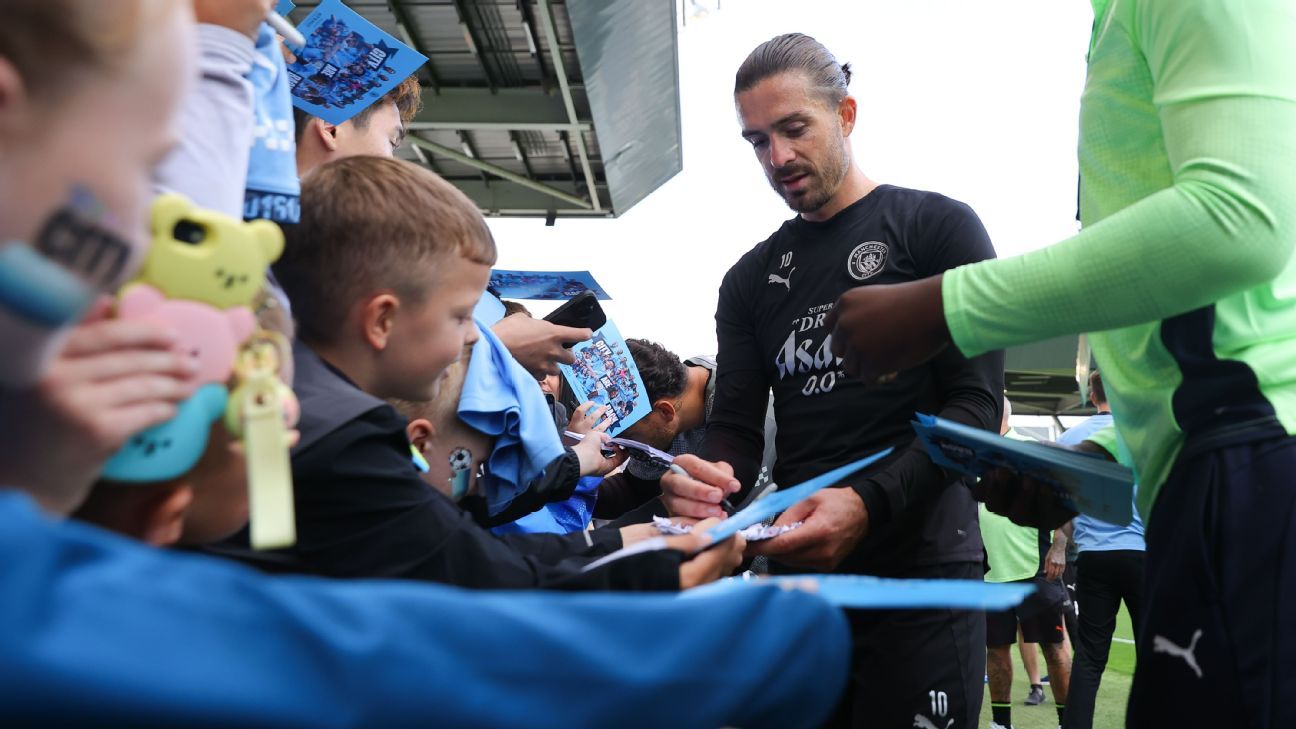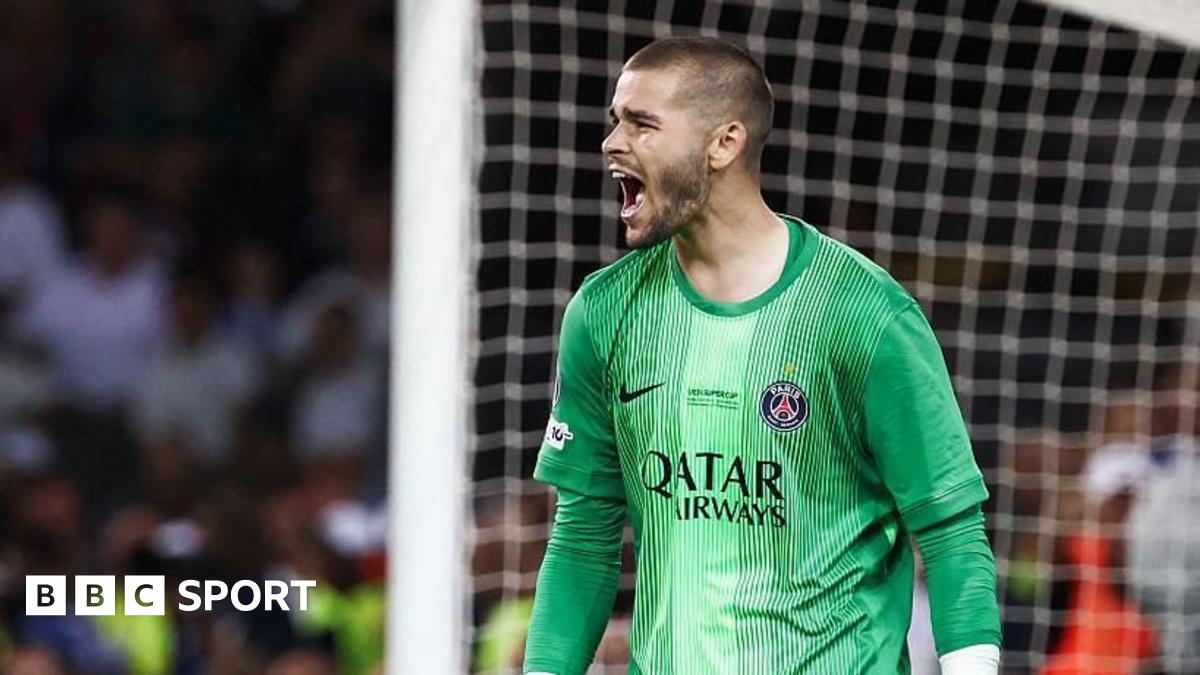The tussles between billionaires have seen vast fortunes splashed on everything from rocket ships to social media empires.
But now, two titans of big tech are taking their fight to a frontier: The race to link our brains with AI.
Tesla and xAI CEO Elon Musk and Sam Altman of OpenAI, the company behind ChatGPT, are vying to be the first to connect mind and machine.
The former allies are now both backing rival companies trying to build brain-computer-interface (BCI) chips and put them inside humans.
These devices allow people to directly control computers with their thoughts by reading the electrical signals produced in the brain.
As outspoken champions of the technology, both Mr Musk and Mr Altman claim that BCIs will one day allow humanity to merge with artificial intelligence.
Elon Musk's Neuralink, widely seen as the leader in the BCI field, has already tested its brain chips on patients in the US and has secured plans for UK trials.
However, as reported by the Financial Times, Mr Altman is now planning to back rival firm Merge Labs with a plan to make BCIs faster and more capable using AI.
Elon Musk's company Neuralink has been the leader in the race to connect human brains and computers. But, he now has a new challenger in rival tech billionaire Sam Altman
Not too long ago, Musk and Altman were close collaborators who co-launched OpenAI in 2015, with Musk providing the majority of the funds.
However, the pair fell out three years later after Musk dramatically quit the board following an internal battle for control over the fast-growing firm.
In the following years, Musk and Altman have waged an increasingly public rivalry.
This culminated in Musk suing OpenAI to prevent the company from transitioning into a for-profit, alleging a 'deceit of Shakespearean proportions'.
As Musk attempts to challenge OpenAI's supremacy in AI with his problem-plagued chatbot, Grok, the former colleagues are now shifting their rivalry into the world of BCIs.
BCIs use AI to convert the patterns of electrical activity found in the brain into commands that a computer can understand.
Advocates argue that they have the potential to help disabled people recover their independence by remotely controlling computers, bionic limbs, or mobility aids.
This technology has even gained the attention of governments, with the UK's Advanced Research and Invention Agency exploring its potential as part of a mission to explore devices that could change the world.
Sam Altman is CEO of OpenAI, the company behind ChatGPT, and is reportedly backing a new brain-computer-interface (BCI) company called Merge Labs
Elon Musk (left) and Sam Altman (right) were previously close collaborators and co-founded OpenAI in 2015. However, the pair fell out after Elon Musk quit the board following an internal struggle for control
Likewise, the Chinese Ministry of Industry and Information Technology has revealed its own BCI, used to restore hand movement in paralysed patients.
Neuralink, which was founded in 2016, is leading the field for computer-brain connection research while rival startups, such as Precision Neuroscience, vie to compete.
Neuralink uses a coin-sized computer chip containing 1,000 electrodes, separated into 128 tiny 'threads' each thinner than a human hair.
Using a robotic surgeon, also being developed by Neuralink, the chip is placed on the surface of the brain, and the threads are inserted into the neural tissue.
The chip, known as the N1, uses these electrode threads to record huge amounts of data on the brain's activity and uses AI to translate those signals.
Neuralink began human trials in America last year, implanting a chip into its first human volunteer, Noland Arbaugh, who was paralysed from the neck down in a driving accident.
Using the chip, Mr Arbaugh regained the ability to control a computer, enabling him to write, play chess, and even play complex video games.
Since then, the company has implanted chips in a further six participants in the United States and recently received approval to recruit a further seven patients for a British study, the first of its kind in Europe.
Neuralink is leading the pack of companies investigating BCIs, having implanted a chip into its first human volunteer, Noland Arbaugh (pictured), last year
Neuralink has now implanted chips into seven patients in the United States, including Audrey Crews (pictured), who has been paralysed since she was 16
Recently, the company raised $650 million (£478m) in a funding deal, which gave it a valuation of $9 billion (£6.63bn).
By contrast, very little is known about Mr Altman's rival firm, Merge Labs.
Mr Altman reportedly plans to launch the company alongside his long-term collaborator Alex Blania, who runs the Altman-backed eyeball scanning digital ID project, Worldcoin.
It is expected that Mr Altman will help found the company, but won't have a day-to-day role in its operations.
The exact form of BCI technology Merge Labs plans to pursue remains a mystery; beyond the fact that it will make the most of recent AI advances to improve BCI function.
Merge Labs is reportedly seeking $250 million (£184m) in initial funding, much of which is expected to be provided by OpenAI's ventures arm, giving the company an initial valuation of $850 million (£625m).
However, despite their rivalry, both Mr Musk and Mr Altman appear to be pursuing BCI technology with a similar goal in mind.
Mr Musk has said that his ambition is to make a 'general population device' that will allow for 'symbiosis with artificial intelligence'.
Elon Musk says that the Neuralink chip will one day allow humans and computers to merge, something he thinks is necessary for humanity to survive the advent of super-intelligent AI
Sam Altman wrote in a 2017 blog that merging with AI was the only way to avoid fading into an, 'evolutionary tree branch' as AI overtakes human intelligence
The billionaire X owner has also insinuated that merging with computers is necessary to prevent super-intelligent AI from getting out of control.
Similarly, Mr Altman wrote in a 2017 blog post titled 'The Merge' that humans and machines would become one between 2025 and 2075.
In the blog, Mr Altman wrote: 'The merge can take a lot of forms: We could plug electrodes into our brains, or we could all just become really close friends with a chatbot. But I think a merge is probably our best-case scenario.
'My guess is that we can either be the biological bootloader for digital intelligence and then fade into an evolutionary tree branch, or we can figure out what a successful merge looks like.'
NEURALINK: ELON MUSK'S PLAY FOR COMPUTER-BRAIN INTERFACES
Elon Musk's Neuralink is working to link the human brain with a machine interface by creating micron-sized devices.
Neuralink was registered in California as a 'medical research' company in July 2016, and Musk has funded the company mostly by himself.
It is working on what Musk calls the 'neural lace' technology, implanting tiny brain electrodes that may one day upload and download thoughts.
The technology is initially planned to be used to help people suffering from severe degenerative brain disorders such as ALS, but it could have wider uses in years to come.
 (1).png)
 1 day ago
2
1 day ago
2

















